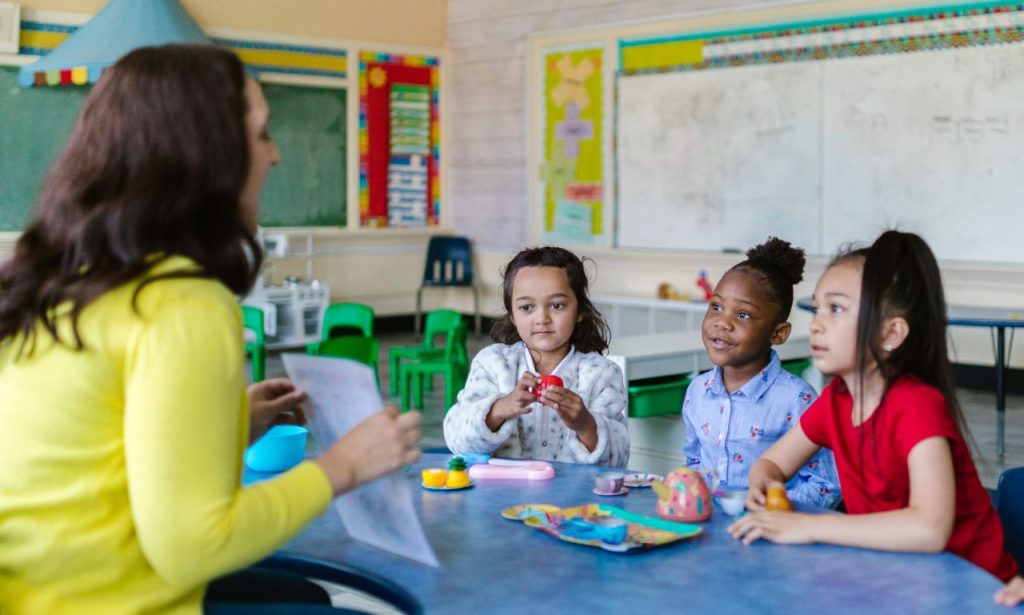Creating a classroom where empathy thrives isn’t just a feel-good goal—it drives engagement, reduces conflict, and boosts learning outcomes. In this article, we’ll explore why empathy matters in education, how to foster inclusivity, design intentional spaces, model compassionate behaviors, weave literature into empathy-building, plan hands-on activities, and prepare students for real-world interactions. You’ll walk away with practical strategies, real-world examples, and a few interactive prompts to spark reflection in your teaching practice.
Fostering Inclusivity

Identifying and Eliminating Bias
Implicit bias seeps into lesson plans, classroom language, and student interactions unless we shine a light on it. Start by reviewing your materials: does every student see themselves reflected? A study in the Journal of Educational Psychology found that representation reduces stereotype threat and anxiety for marginalized groups. Conduct an anonymous survey to solicit feedback on whether the course content feels balanced, then swap out texts or examples that are too narrowly focused.
Promoting Diversity and Inclusion
Diverse voices enrich discussions and spark creativity. Consider adding Richard Wright’s Black Boy alongside more traditional canon, or pairing Atticus Finch’s perspective in To Kill a Mockingbird with a modern analysis by Brené Brown on vulnerability and courage. Invite guest speakers from varied backgrounds and encourage students to share cultural artifacts. This approach isn’t just about checking boxes—it teaches young people that every viewpoint matters.
Designing Intentional Learning Spaces
The physical layout can either stifle or support connection. In a Hudson Valley elementary school, teachers replaced rigid rows with movable “empathy pods”—clusters of chairs around low tables where students co-create rules and agendas. Soft lighting, plants, and a “feelings wall” where learners post emotion cards can make the space feel safe. Even digital classrooms benefit from regular “circle times” in video calls, where each student gets an uninterrupted chance to speak.
Modeling Empathetic Behaviors
Leading by Example
Kids watch more than they listen. When you admit mistakes—”I noticed I interrupted Sara; I’m sorry”—you demonstrate accountability and humility. In the same way that Gregory Peck’s Atticus Finch upholds moral courage on screen, teachers who visibly manage their emotions invite students to do the same. Showing vulnerability doesn’t undermine authority; it humanizes you.
Encouraging Empathetic Communication
Ask open-ended questions that nudge students beyond yes/no responses. Try prompts like, “How do you think Maya felt when…” or “What would you do if…” Pair-share exercises can help quieter learners find their voice before speaking in front of the whole group. Teaching “I” statements—”I feel frustrated when…”—also promotes ownership of feelings without blaming others.
Practicing Active Listening
Active listening isn’t just nodding along; it means paraphrasing and checking in. “So you’re saying that group work makes you nervous because you worry about letting others down—am I hearing that right?” validates emotions and helps clarify misunderstandings. Research shows that when teachers use reflective listening, student behavior problems drop by nearly 20%.
Cultivating Empathy Through Literature
Literature as a Tool for Empathy
Stories let us walk in another’s shoes. By introducing The Three Little Pigs alongside a modern retelling that flips perspectives, you teach kids to question first impressions. Classic and contemporary texts together reveal how context shapes character motivations—essential for cognitive empathy, where we intellectually grasp another’s viewpoint.
Storytelling to Enhance Understanding
Invite students to dramatize scenes from Margaret J. Wheatley’s essays on community resilience or share anecdotes from the COVID-19 pandemic. Personal narratives build affective empathy, the shared emotional response that fuels genuine concern. You might even tap into pop culture: ask how Tony Stark’s journey in Marvel films mirrors leadership lessons about responsibility and redemption.
Reflective Discussions on Diverse Texts
After reading Richard Wright’s passages about social isolation in Black Boy, guide a reflective circle. Encourage learners to journal on moments when they felt unseen or unheard. Then, facilitate small-group discussions where they compare experiences. This layered approach—individual reflection followed by communal sharing—cultivates both metacognitive awareness and social justice sensibilities.
Incorporating Empathy-Building Activities
Hands-on projects let empathy bloom. Try “empathy interviews” modeled on design thinking: students pair up, ask questions about each other’s routines or challenges, then brainstorm solutions for everyday stressors like sensory processing in noisy hallways. Alternatively, launch a Project-Based Learning unit on improving local mental health resources—collaborative learning with real stakes. These activities deliver lasting lessons in compassion and civic engagement.
Creating a Culture of Kindness and Respect
Culture is caught more than taught. Celebrate everyday acts of kindness with a digital “Good Pizza” board—students post shout-outs for peers who lend a hand or offer a smile. Introduce the HEAR strategy (Hear, Empathize, Act, Reflect) as a classroom motto. When disputes arise, mediate with restorative circles rather than punitive tactics; this shifts focus from punishment to relationship repair.
Preparing Students for Future Interactions

Empathy training isn’t confined to the classroom. Invite professionals—nurses, social workers, community organizers—to discuss interprofessional competencies from IPEC Core Competencies. Role-play job interviews with emphasis on cultural sensitivity and collaborative problem-solving. Encourage learners to journal about stressful moments and then revisit those entries months later to track growth in emotional well-being.
Conclusion
Building an empathetic learning environment demands intentional choices—from curricula that champion diverse voices to classroom rituals that normalize active listening. When educators model vulnerability, design inclusive spaces, and weave stories that stir both mind and heart, they equip students not only to excel academically but also to flourish as compassionate citizens. If you’re ready to put these strategies into action, start small—perhaps by reshaping your seating chart or swapping in a diverse text next week. Your efforts will ripple outward, helping shape kinder, more understanding communities.
FAQs
An empathetic learning environment prioritizes understanding and respect among students and teachers by valuing emotions as much as academics.
Use pre- and post-surveys on social-emotional competencies, track reductions in conflict incidents, and gather qualitative feedback through reflective journals.
Virtual “circle times,” digital empathy interviews, and shared emotion boards can translate seamlessly to video platforms.
Yes. Engaging with diverse narratives fosters both cognitive empathy (understanding others’ viewpoints) and affective empathy (feeling with them).
Begin by modeling active listening and “I” statements in everyday interactions; this sets the tone for students to follow suit.




